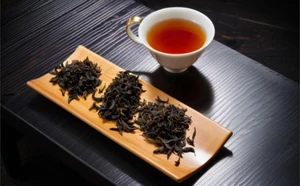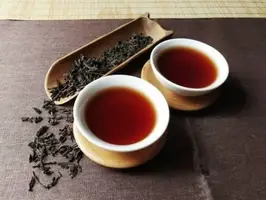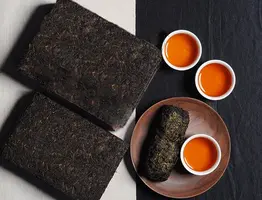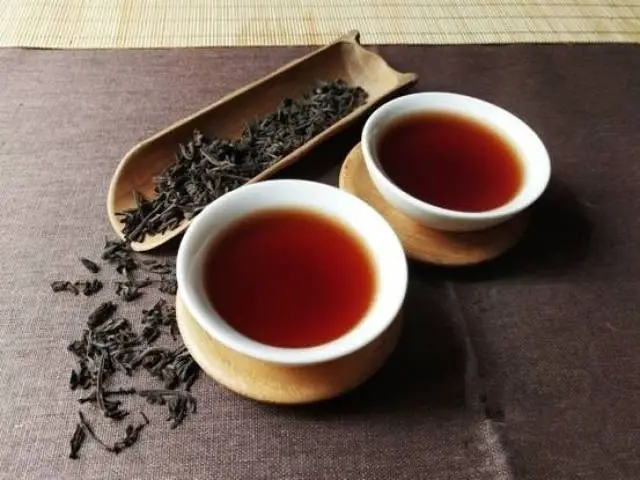

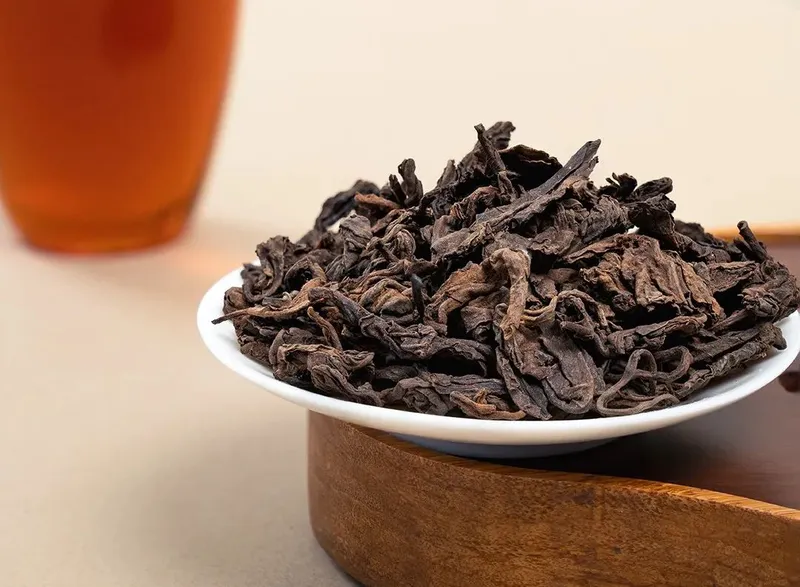
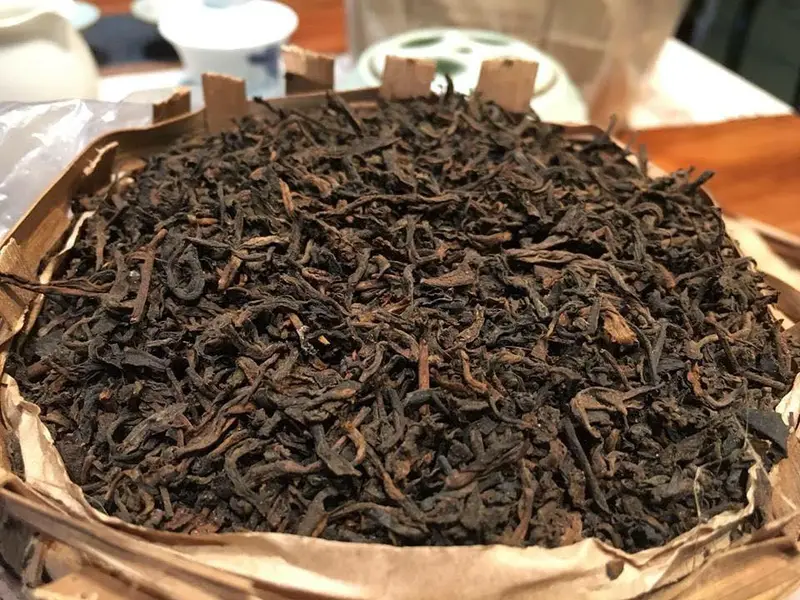
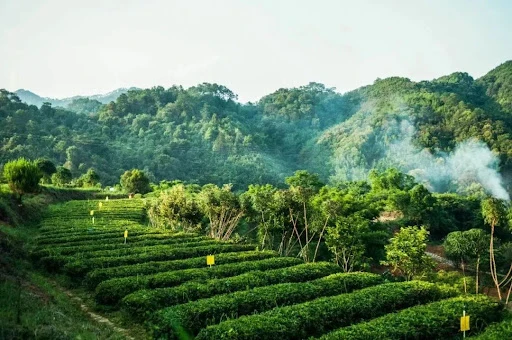
Liu Bao Tea
Origin
Guangxi
Category
Dark Tea
Harvest Time
Spring & Summer
Processing
Post-Fermentation
Description
Liu Bao Cha, meaning 'Six堡 Tea,' is a post-fermented dark tea from Liu Bao Town in Guangxi Zhuang Autonomous Region, China. Known for its rich, earthy, mellow flavor, dark color, and unique 'golden flowers' (Jin Hua) sometimes present.
